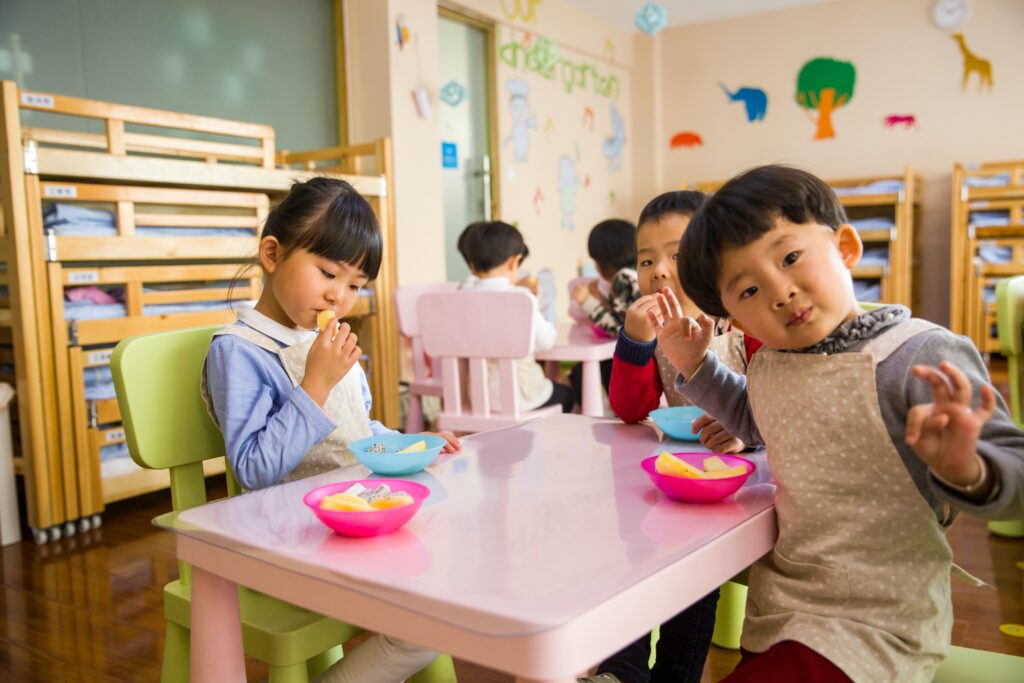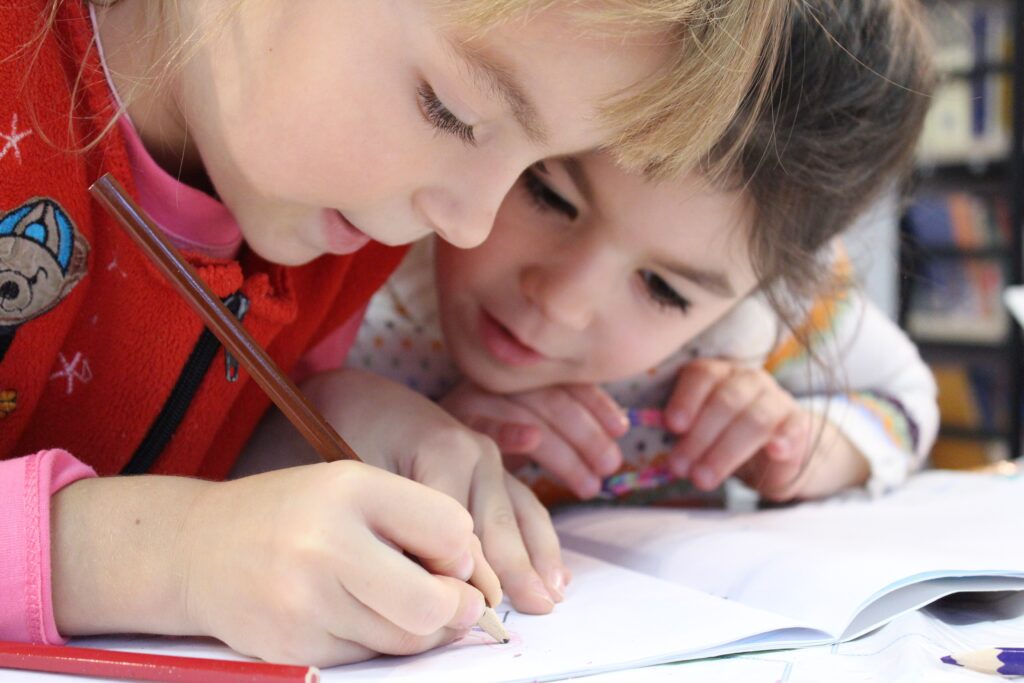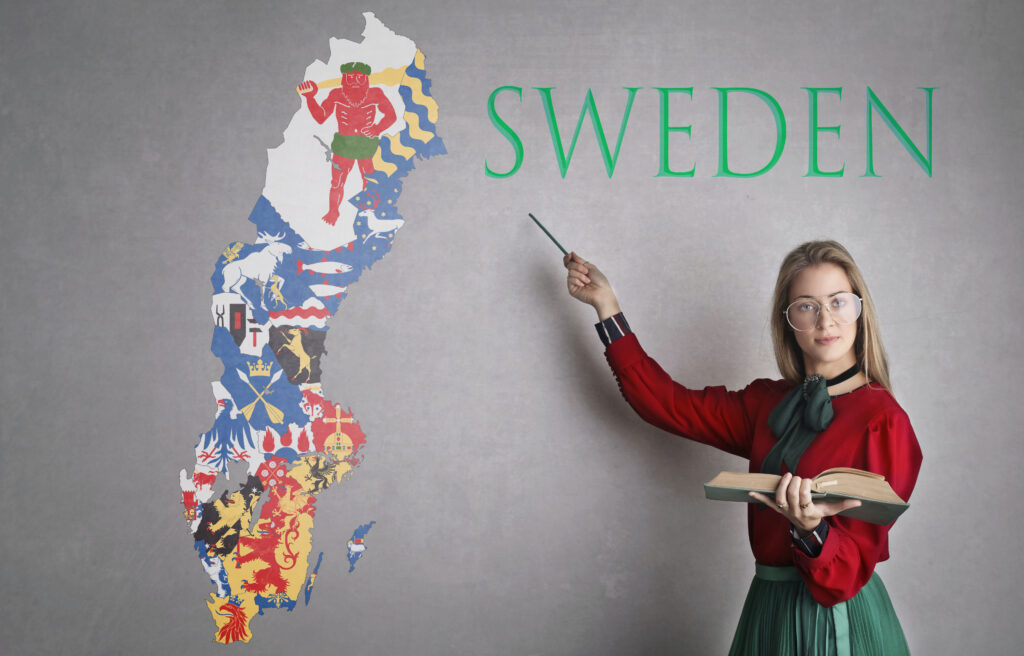Of the many government relief packages introduced in the wake of COVID-19, one of the most transformative was the childcare subsidy. Australia holds the 4th most expensive childcare in the world, so when Covid-19 hit and saw already-struggling families face further financial loss, the Morrison government introduced the emergency relief package, providing Australian families with a taste of free childcare. This offering was available to families who already had their children enrolled in a childcare center, with the federal government covering all fees until July 13th.
The expiration of these measures has since shone a light on the cost and inaccessibility of childcare in Australia, which may have otherwise gone unnoticed if it wasn’t for Covid. Many Aussie parents spend more on childcare than they would for a private primary school. There is a clear irony in our current system, as parents need childcare in order to be able to go to work, but for the majority, even with pre-COVID government subsidies, their income minus the fees means it’s not worth it.

A survey conducted by The Household, Income and Labour Dynamics in Australia (HILDA), found that 80 per cent of parents said they face “substantial problems” with childcare when it comes to access, quality or cost. This is why, for so many Australian families the only option is to choose informal care, with around 35% of families with children aged 2-4 having to rely on care from grandparents or other family members and friends. With the drastic levels of unemployment rising since March 2020, you would therefore expect even more families forced to rely on informal care due to impracticable fees. However, whilst Morrison’s childcare subsidy was in place, less that 1 percent of childcare centers were forced to shut doors.
Campaigners have since argued that we cannot simply revert to the way things were before, with mammoth fees, dependence on informal childcare, and families struggling to make ends meet. A survey was conducted in May that confirms this, finding that 42% of families were suffering from income loss due to the pandemic, making the soaring childcare fees impossible to meet without government assistance. Researchers predict that up to 2 thirds of those families will consequently need to lessen the days their children spend in childcare or take their children out altogether, which effectively bars parents from returning to the workforce thereafter.

So, it is pivotal that something changes. But slashing these costs wont only benefit the domestic balance of work and childcare, in fact, it has been argued that making childcare more affordable may actually be the key to lifting us out of this unprecedented recession. Making childcare less expensive means more parents can enter and return to the workforce, thus more money is being earned per household, followed by more spending, and a stronger economy. Currently the percentage of subsidy a family is entitled to is based on their combined annual income, with more support available to families with a lower income. A family who earns up to $69,390 per year is entitled to the full subsidy percentage of 85%, which as mentioned before still isn’t enough. Modelling by the Grattan institute has argued that by raising the Child Care Subsidy for families with low-income from 85 per cent to 95 per cent, would boost the GDP by $11 billion per year, at a cost of only $5 billion to the federal budget.

It is clear why childcare is so important for both parents and for a child’s development, as the saying goes “it takes a village to raise a child”. Australia could potentially learn a lot from Sweden, who have been praised for their ‘gold standard’ childcare system named “EDUCARE”. A system built on the firm belief of high-quality care for children as well as providing them with the best possible start to their lives. It’s more than a child-minding service, all teachers need to complete a 3.5-year degree in order to be qualified to be a teach for EDUCARE. The curriculum is based around “goals to strive for” and assessments are not ‘top-down’ instead growth is looked at by teachers, parents, and children’s valuable opinions and experiences. These centers open from 6:30am – 6:00pm year-round (with many now offering extended hours to accommodate night shift workers). The fee is 2-3% of a family’s income before tax for the first child, and less for each child following, with a maximum fee equivalent to less than $200AU a month. This is an enormous difference to Australian fees which are about 31.1% of a couples average earning.
Gender equality was the driving feature in cultivating EDUCARE. After decades of struggling, a call for change occurred when women wanted to guarantee access to the labor industry and full-time work. This created a mission to design a stimulating childcare system that would be affordable, and accessible, and importantly where mothers would feel comfortable leaving their children. The issue of childcare became more than the plight of working women but ensuring quality care and education for all Swedish children, not just those of working women. Thus, the birth of EDUCARE.
In order for Australian families to be able to have the access to childcare that they deserve, and to help lift our economy out of recession, it’s obvious the government needs to alter the system and make it more affordable. Whether that’s raising the subsidy to 95% or working towards creating a similar system to Sweden’s, parents shouldn’t have to turn down an extra work because they would earn less than what a day of childcare would cost, the fact that this is an issue simply doesn’t make sense!